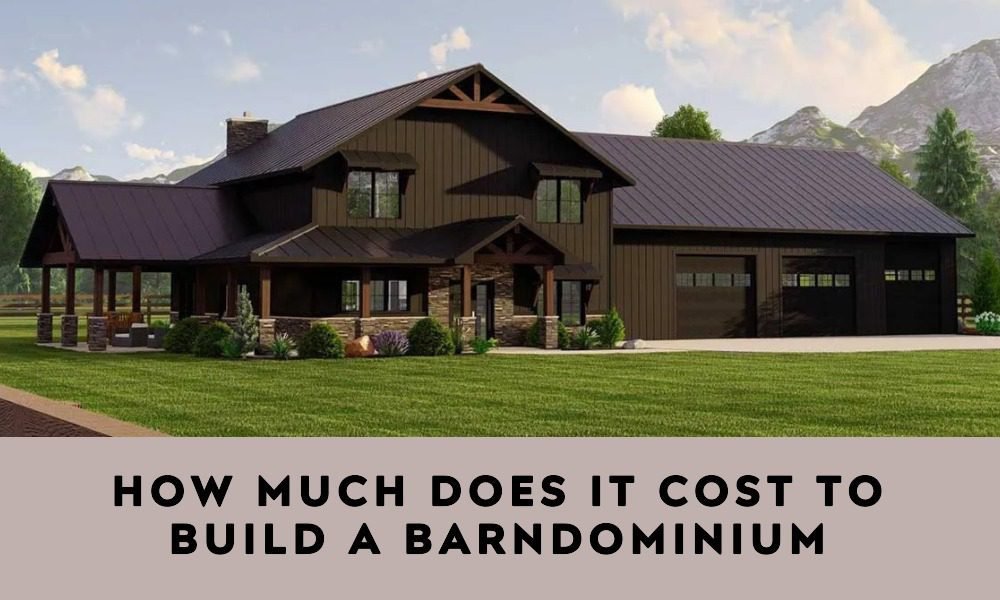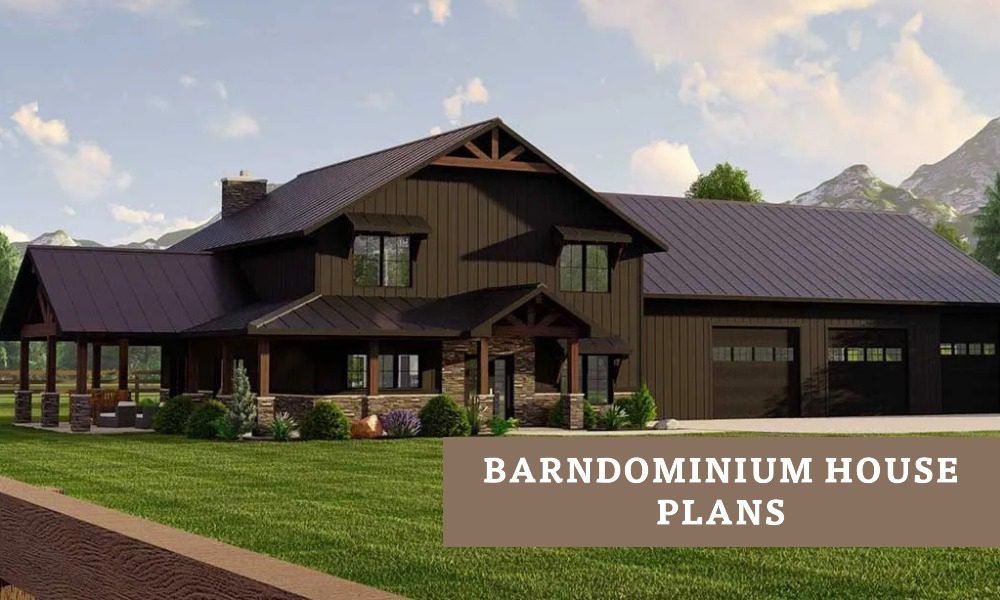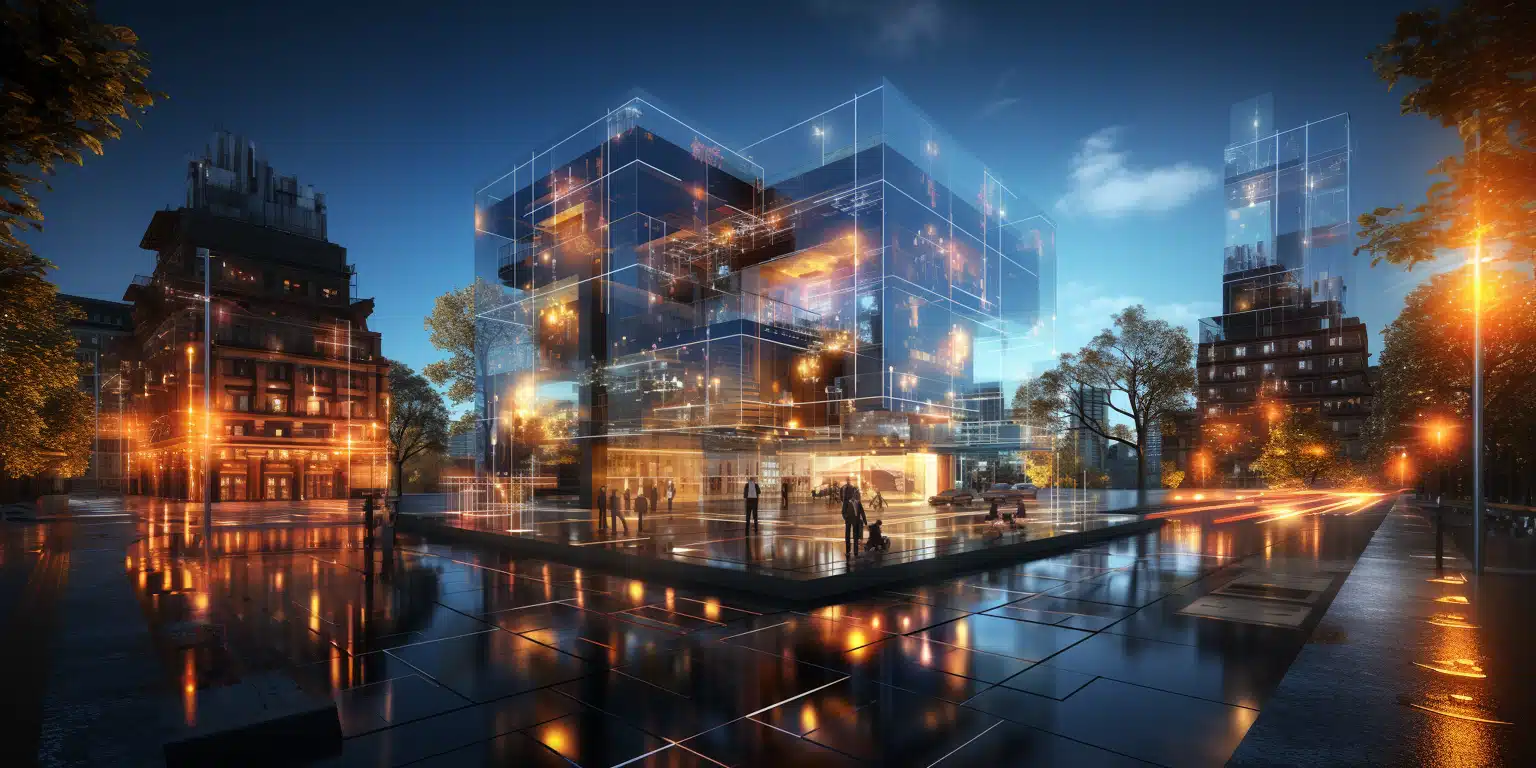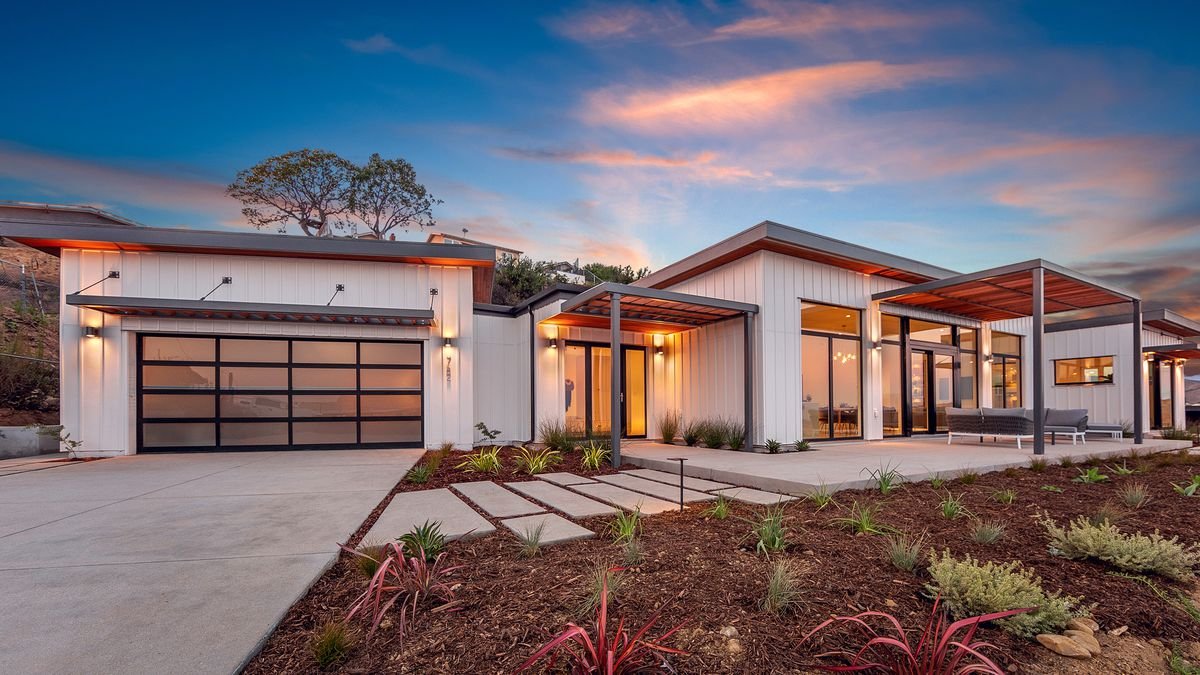
Fab Is for Fabulous: Steps to Building a Prefab Modular Home
Prefab modular homes are becoming increasingly popular due to their perfect blend of quality and convenience. As on-site building costs rise daily, more homeowners are turning to other means of making their dreams come true. The process of building a prefab modular home isn’t only simpler, but it also saves homeowners additional time and money, making it a terrific option for anyone looking to build their first home. Head over to Carlisle Homes to find out more about home builders.
Getting familiar with how the design and construction processes work will make building your new modular house less stressful and a lot more fun. So, to give you a clear idea of the procedures involved in planning and building a prefab modular home, here’s a helpful step-by-step overview.
Table of Contents
Toggle#1 – Understand the Modular Home Construction Process
The term “modular” means building with standardised measurements. Modular homes are constructed in a manufacturing facility and shipped to the building site rather than having different parts of the house built on-site.
As a result, at your construction site, you can receive walls or even entire rooms rather than a cargo of raw lumber. The house frequently arrives at the construction site, 90% finished.
These parts are made following both quality control standards and local construction codes. The precise number of modules depends on how intricate your home’s design is. All the parts get assembled on-site. This connection is concealed by drywall and trim, creating a sturdy and lovely home that blends in with conventional stick-built homes.
#2 – Find a Reliable Modular Home Builder
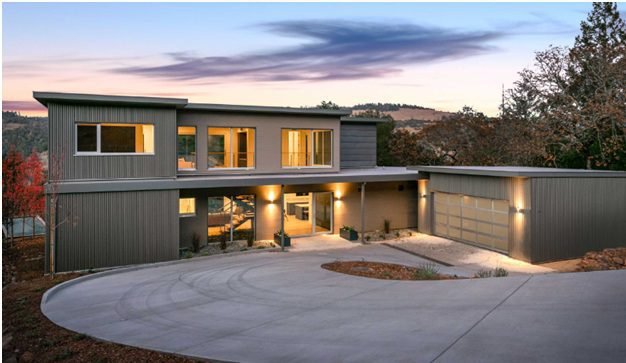
If you were going to build a traditional home, what would you do when hiring a builder? Certainly, you would ask for references and samples of their work, research them with the Better Business Bureau, and even meet them in person before deciding. Well, when building a modular home, you should do the same because not all builders in this industry are the same.
You’ll want to find a company that builds modular fabricated homes that, in addition to high-quality work, also provides excellent customer service. Give preference to the ones renowned for offering individualised service. This will ensure that if there is a problem, you can call them and ask them to come to the job site immediately. A house is a significant investment, therefore, you want your builder to share your passion for the final product.
#3 – Design
An architectural design is required for every type of construction, including modular. The house or building you want to construct should have a design made for it. Certain points are taken into account by the designer when creating the design, such as your budget, needs, the number of rooms, floor designs, style of roof, etc.
The environment and climate of the construction site will dictate how many floors can be built, as well as what materials and construction techniques should be employed to withstand inclement weather.
#4 – Getting Permits
Permits from the state’s jurisdiction are required for any major construction projects or renovations to buildings. To obtain the necessary permits for building on your site, you’ll need to hire a general to be your representative. Government officials may impose fines or even demolish the building if the same is not done.
#5 – Preparing the Building Site
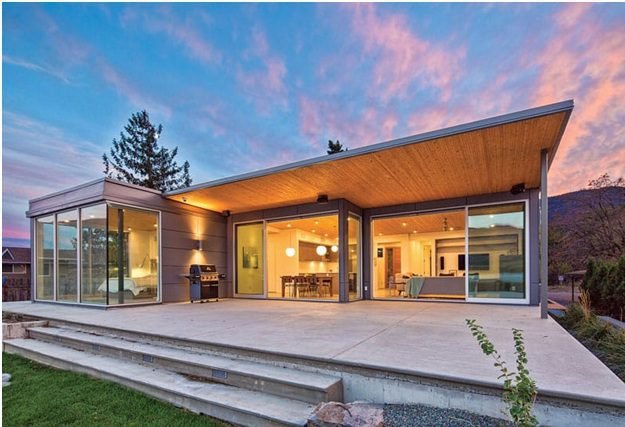
The building site plays an important role in the acquisition of a modular home. A builder can make changes for uneven or non-square foundations when building a traditional house. With modular homes, this isn’t possible. Keep in mind that your house is constructed off-site to incredibly precise standards. As a result, the foundation must be square when the modules arrive on site. Otherwise, the parts won’t align properly.
But when you stop to think about it, this requirement for exact specifications results in a highly sturdy home. The possibility of settling or cracks will be much less. Paying more attention to details at the start of the project leads to better results at the end.
#6 – Customisation
When building a unique home (or significantly altering one of the builder’s pre-existing home plans), you’ll need to allow more time and money for the home’s construction.
The good news is that because your home is fully indoors and in a controlled environment, the builder will be able to provide you with upfront pricing after the details are worked out.
#7 – Production
Welding together steel frames is the first step in the assembly of prefabricated dwellings. Following the construction of the frame’s fundamental floors, walls, and ceilings, the plumbing and electrical services are next added.
The module’s primary floors and walls are then insulated. The interior finishing, which includes painting and flooring, is being completed as the windows and doors are being installed. The module is ready for transport once the external finish is added.
#8 – Delivery
When the production of the modules is done, they are transported by road, either on trailers or tow trucks, to the installation site. How the modules are delivered depends on their layout or use.
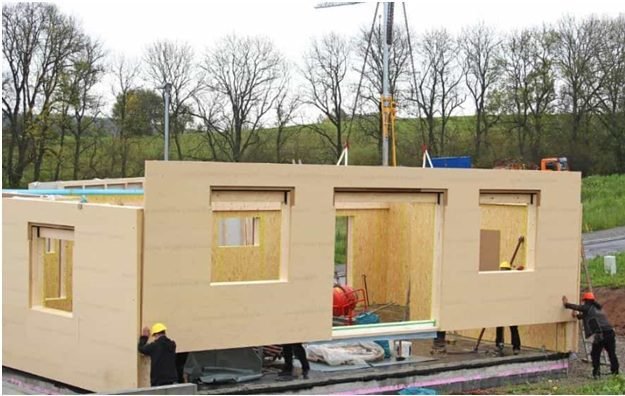
#9 – Installation
After being brought to the construction site, the modules are placed to secure the panels and joints. The models are generally lifted into place by a crane for a permanent or graded foundation.
For temporary foundations, more straightforward mechanical techniques are used. The builder, who has experience dealing with modular components, then installs and fixes the modules as well as the electrical and utility services.
A home inspector will check the construction to make sure everything is in its appropriate position before you move your possessions into your new house. There shouldn’t be any significant issues at this time because your home builder should have completed the construction per the necessary building codes.
The inspection offers you the opportunity to check your home to make sure everything is as you and your home builders and contractors agreed it would be. If the house lives up to your expectations, move on to getting your Certificate of Occupancy. Once your jurisdiction has been approved, it will be time to move into your new home with all your stuff, unpack, and open a bottle of champagne to celebrate!

